Rotting CERN photos turned into art
Slides captured in the 1980s at the CERN particle physics lab in Geneva have been turned into art. The slides, which were left to rot, are mostly copies of negatives dating from the time of the Large Electron-Positron Collider and now form part of an exhibition in Geneva.
They were discovered in a set of drawers after CERN decided to digitalise some 450,000 photographs. After 30 years of slow degradation, the bacteria growing on the slides had slowly eaten away at the gelatine on the surface. Colours and shapes in the original images have been altered in a chaotic way, while the underlying framework of the original photography has kept its design.
“After cleaning and screening them, we realised they were beautiful from an artistic point of view,” Jean-Yves Le Meur, head of CERN’s Digital Memory projectExternal link, told Swiss public television, RTS.
Le Meur and Matteo Volpi, a physicist photographer, created the pictures on show using subligraphy, a technique for reproducing images on aluminium plates. The result is a collision between physics, chemistry, biology and art. The exhibition, “Breaking the MouldExternal link”, continues until 7 December.
All images by VolMeurExternal link ©2017 CERN
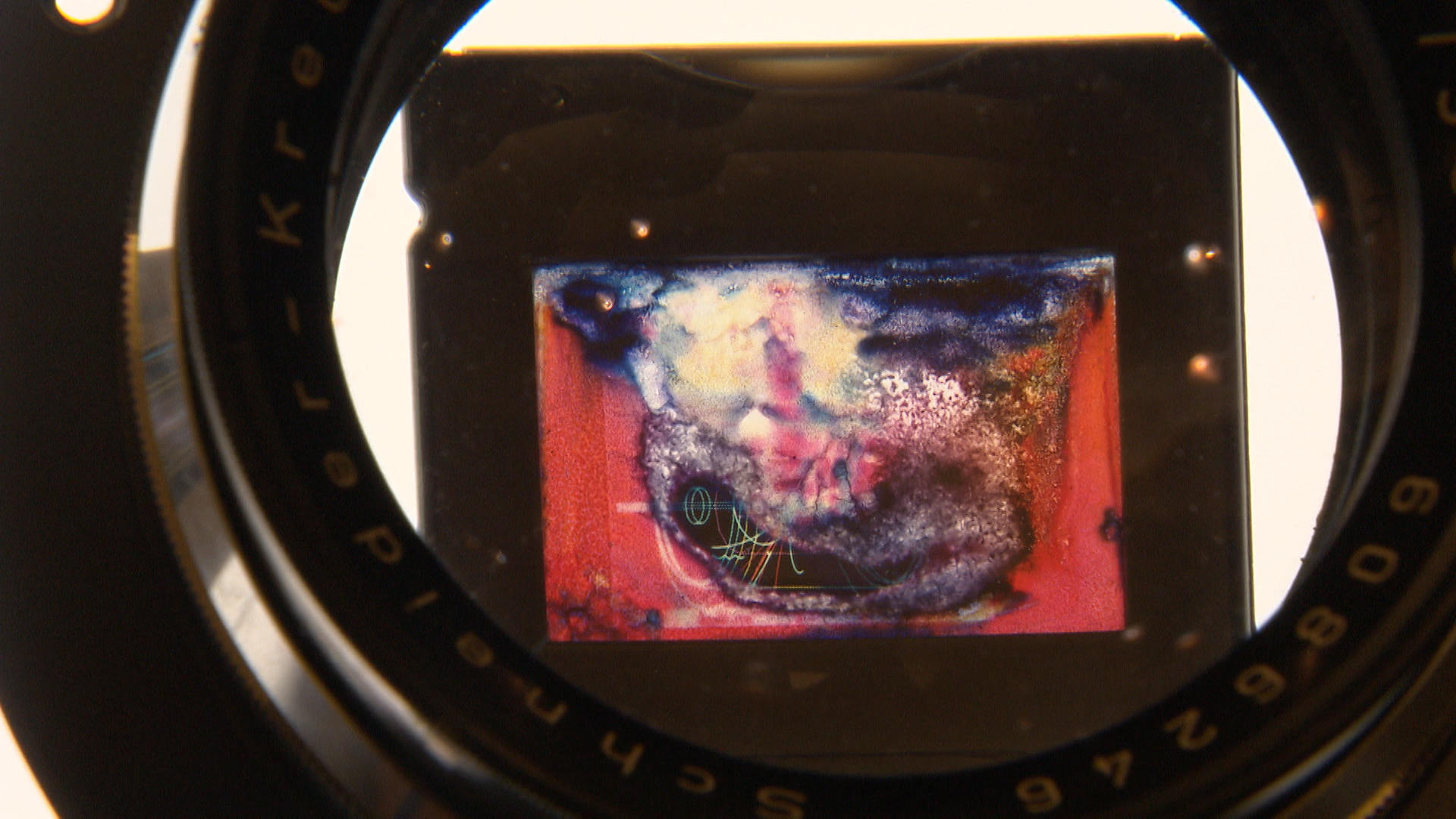
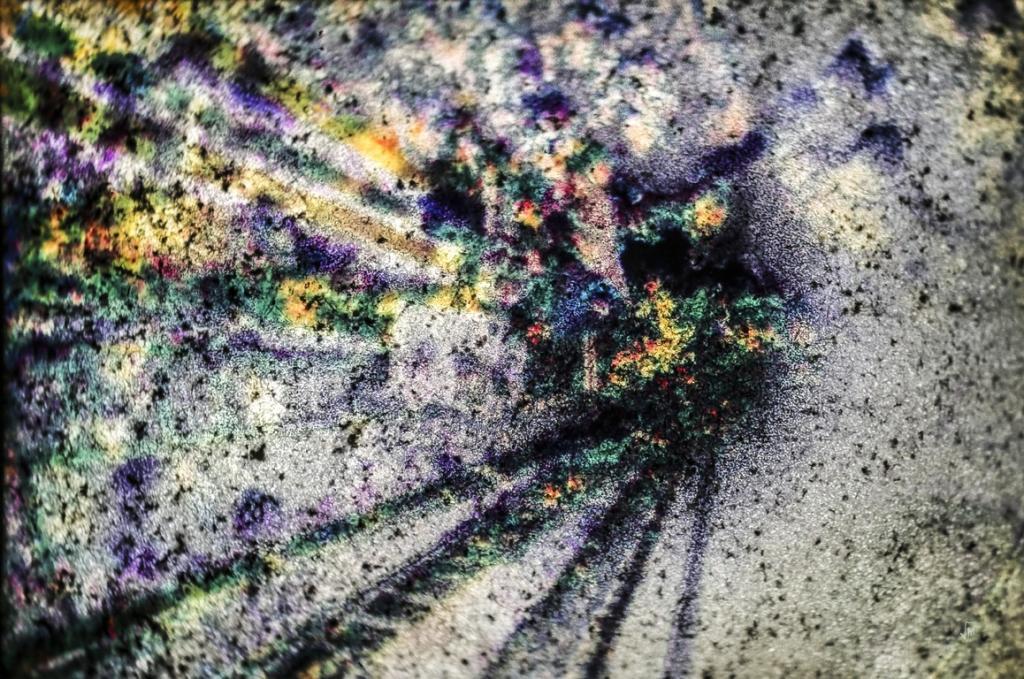
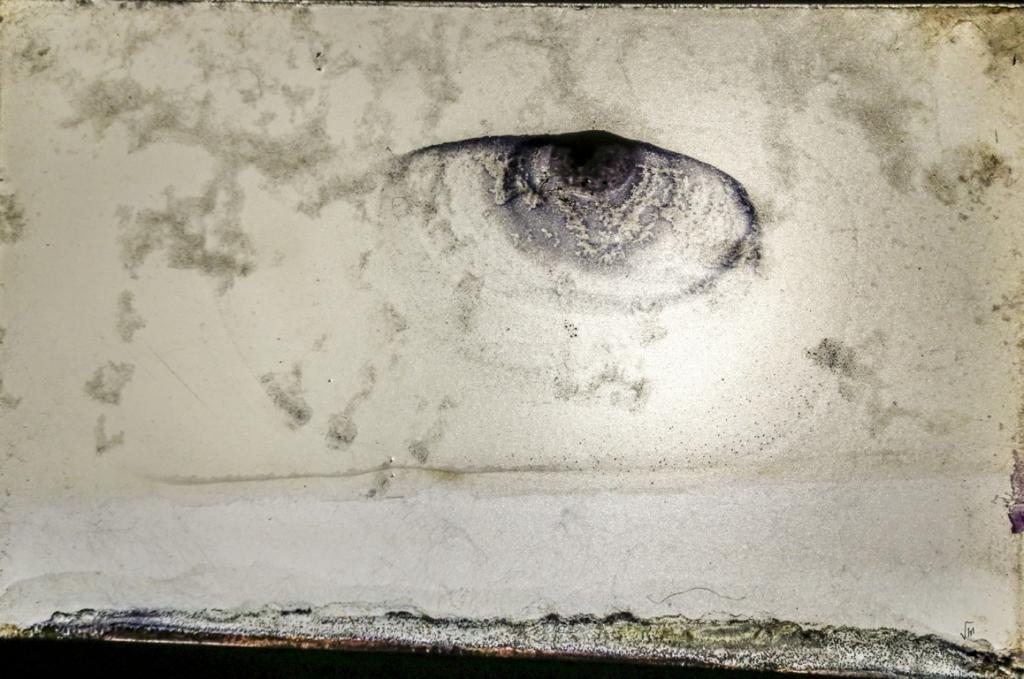
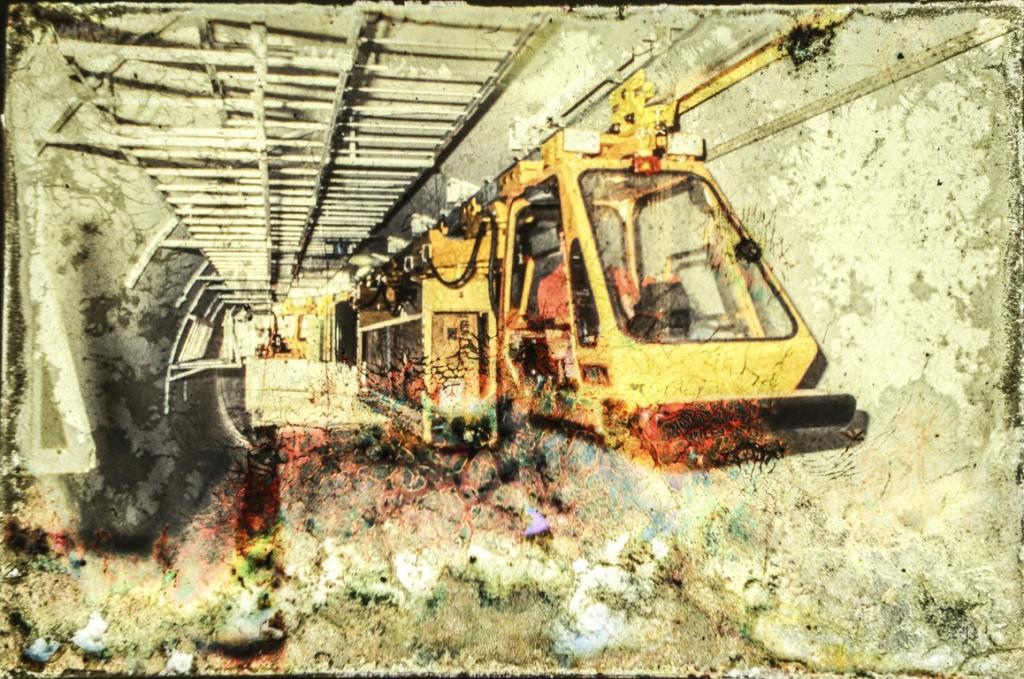
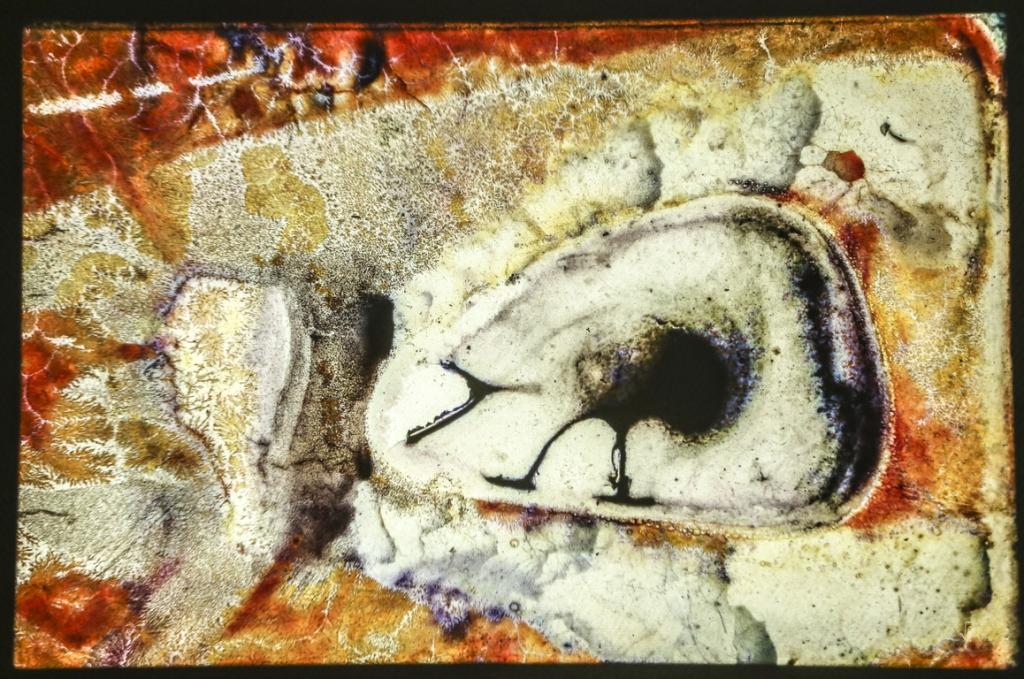
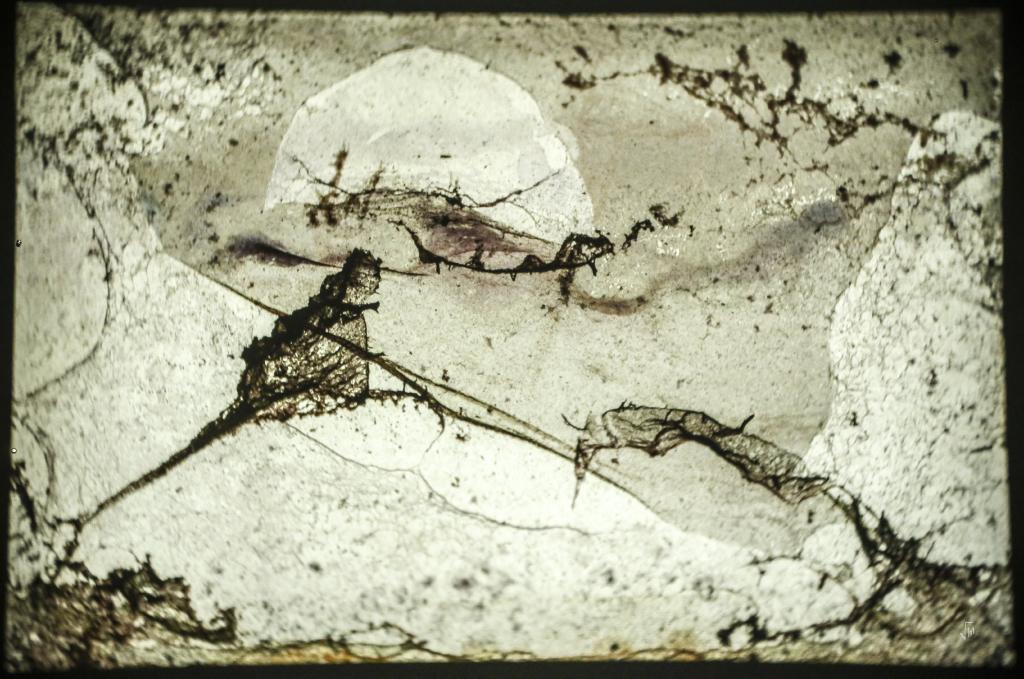
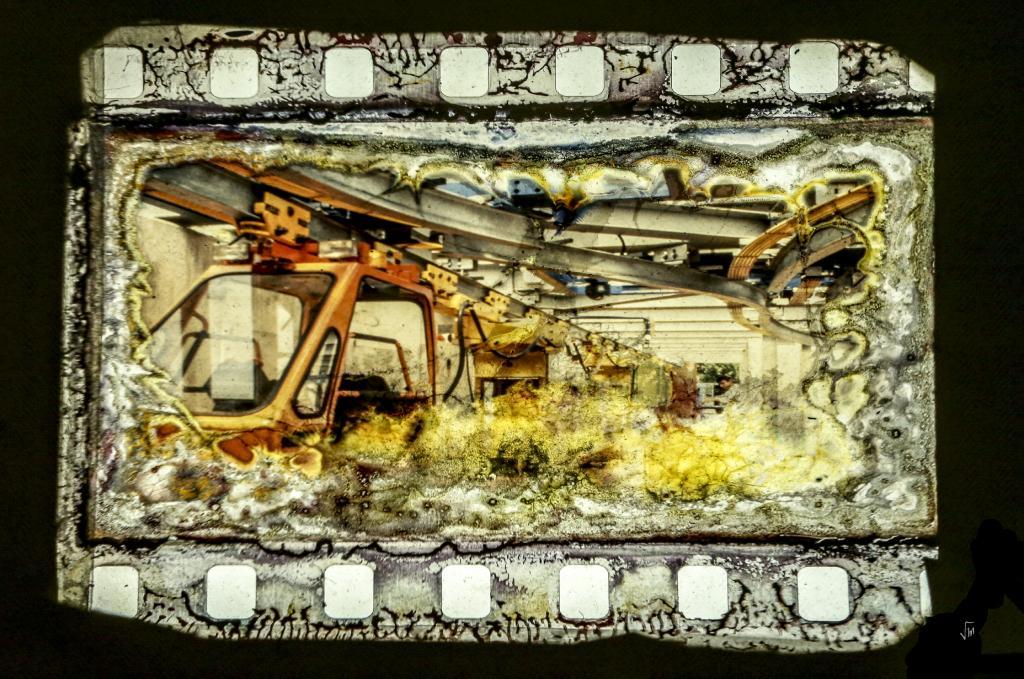
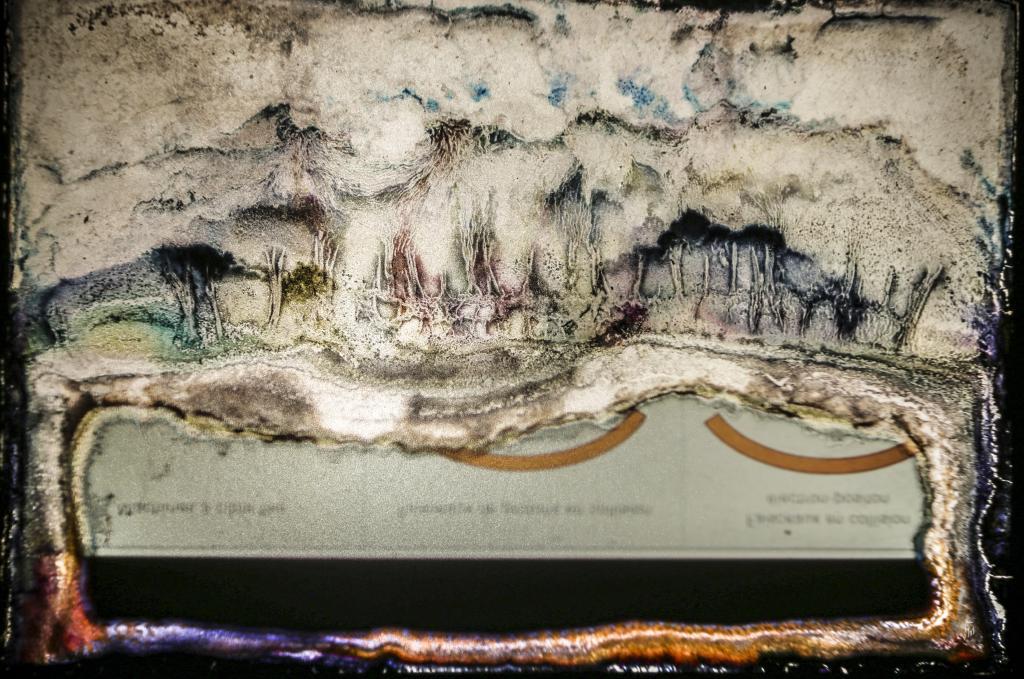
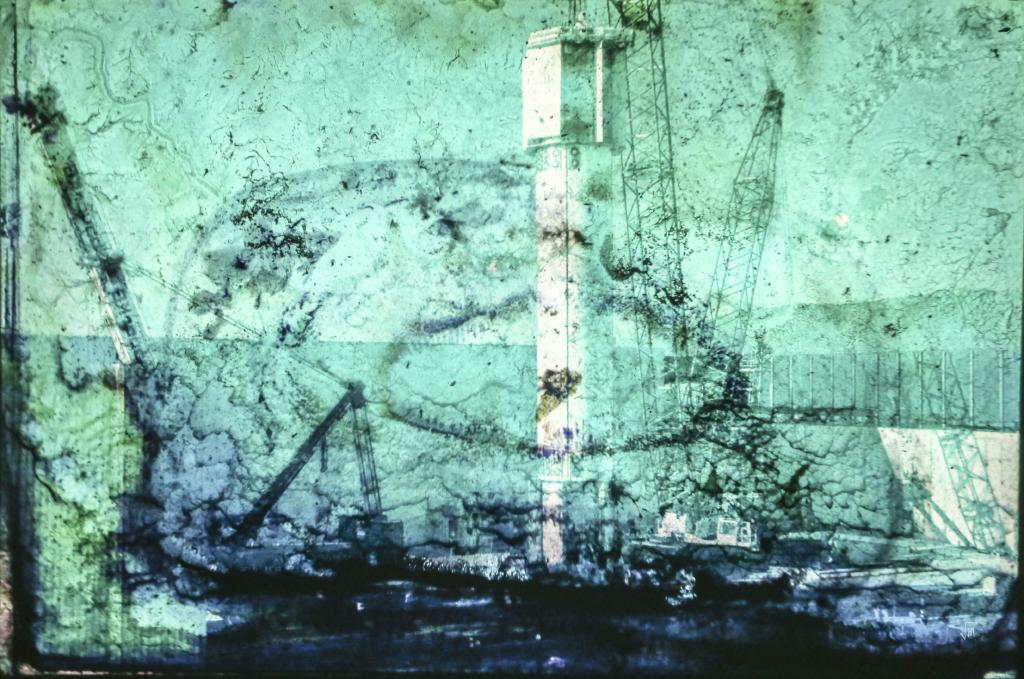
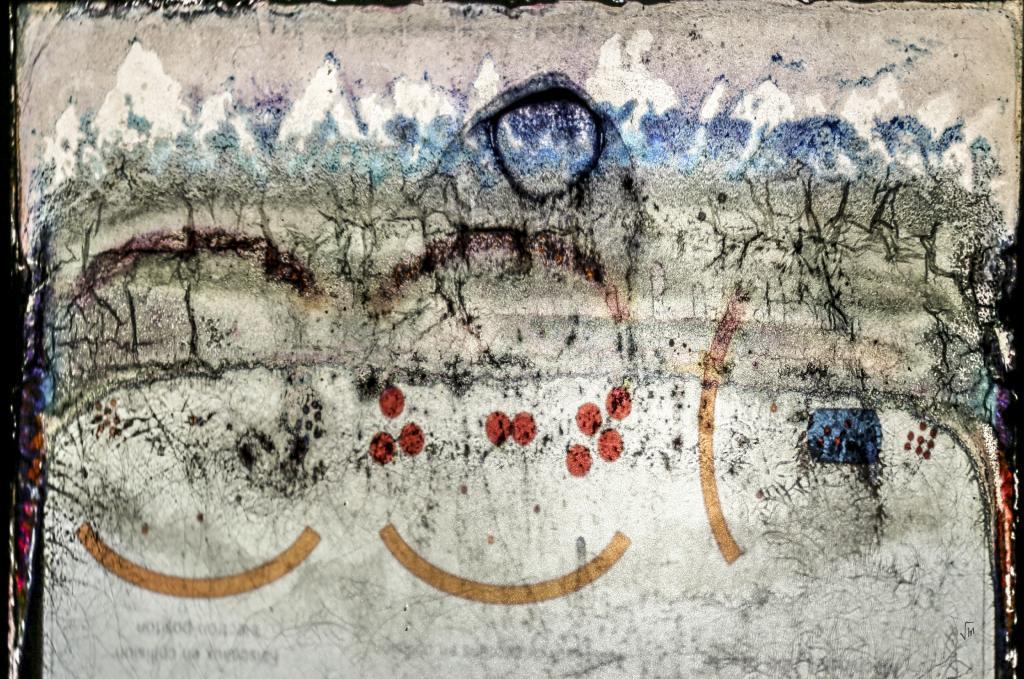
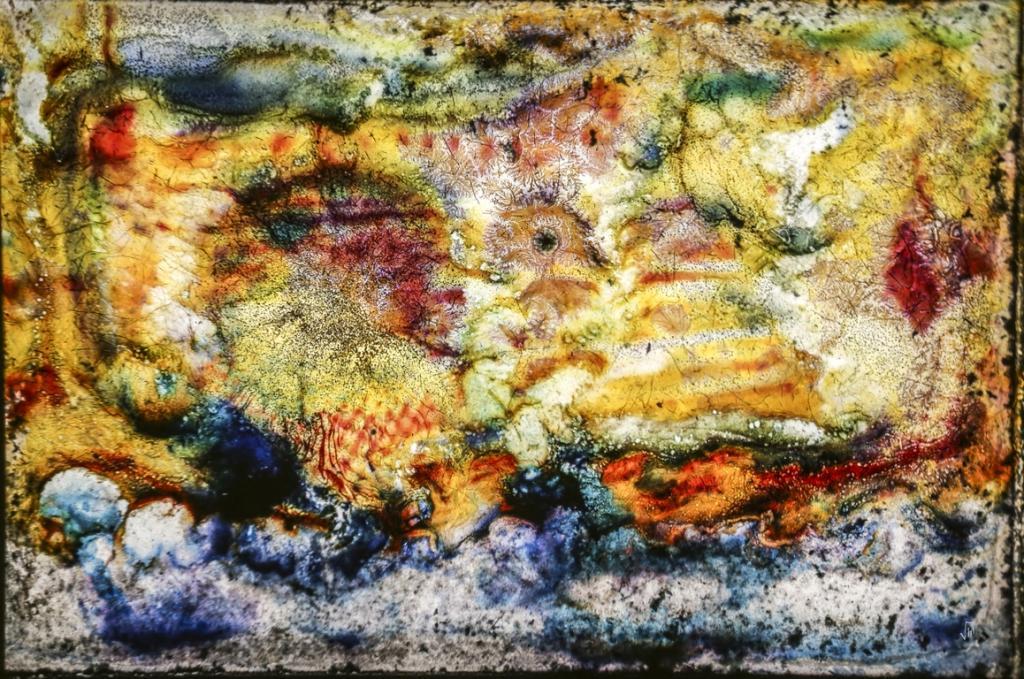

You can find an overview of ongoing debates with our journalists here. Please join us!
If you want to start a conversation about a topic raised in this article or want to report factual errors, email us at english@swissinfo.ch.